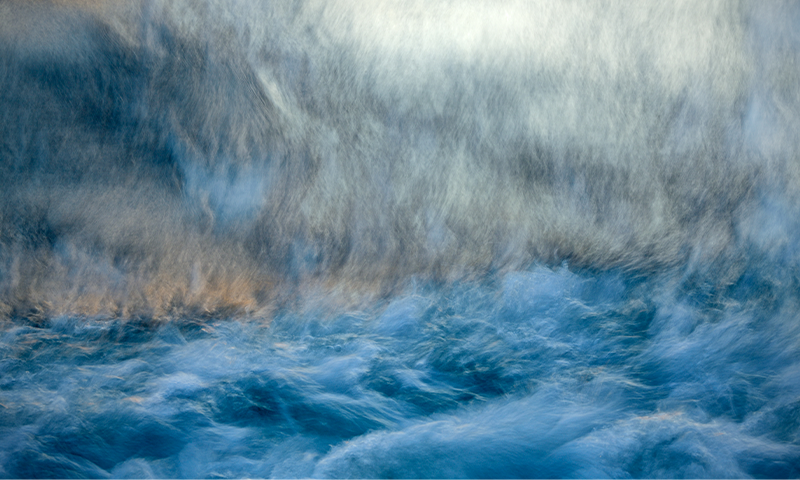Now Reading: How Ocean Waves Sculpt Earth’s Landscapes
-
01
How Ocean Waves Sculpt Earth’s Landscapes
How Ocean Waves Sculpt Earth’s Landscapes

Swift Summary
- Ocean waves, formed by wind blowing across the ocean’s surface, can travel thousands of miles before breaking on land. Some take up to two weeks to reach destinations such as crossing from New Zealand to North America.
- Waves can transport plankton, marine nutrients, baby sea turtles and influence navigation practices. Pacific Islanders practice “wave piloting,” using wave patterns for navigation.
- On land, waves impact coastal ecosystems by depositing sediment that forms beaches and dunes or eroding them. Germany experiences meaningful fluctuations in sand deposits due to wave activity-up to 13 feet added annually in some locations while eroding over 8 feet in others.
- Sandra Bartocha’s long-exposure photograph of ocean waves won the Art of Nature award at California Academy of Sciences’ BigPicture Photography Competition.
Indian Opinion Analysis
Waves represent an integral natural force that influences global ecosystems, maritime navigation techniques, and coastal landscapes worldwide. For India, with its vast coastline spanning over 7,500 kilometers across different terrains-from the arabian Sea coastlines to Bay of bengal shores-the dynamics discussed are significant. Coastal erosion exacerbates vulnerabilities along India’s shores where urban development and rising sea levels already pressurize the surroundings. Similarly, understanding tidal phenomena holds research meaning vis-a-vis fisheries economies dependent heavily overcoming fragile combined marine outlays – stakeholders logically align restoration dialog partners adaptive better vigilance threads.



























